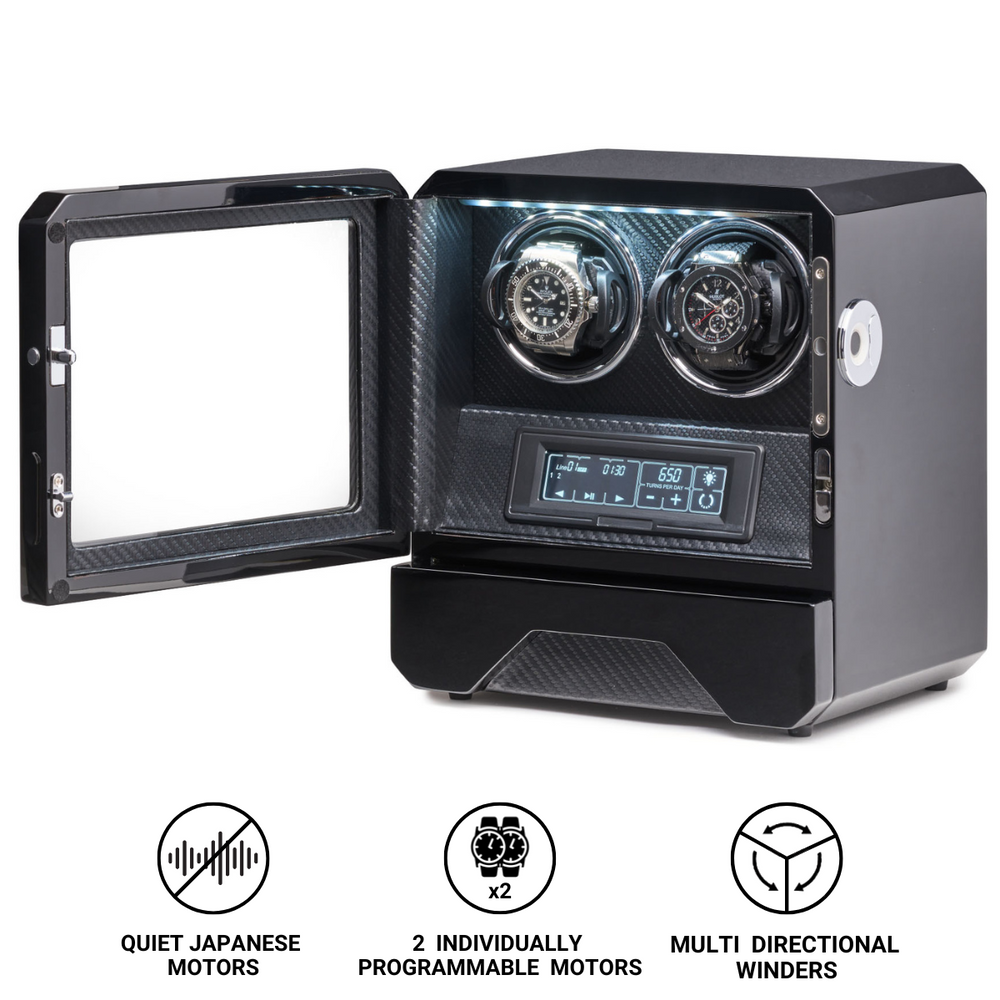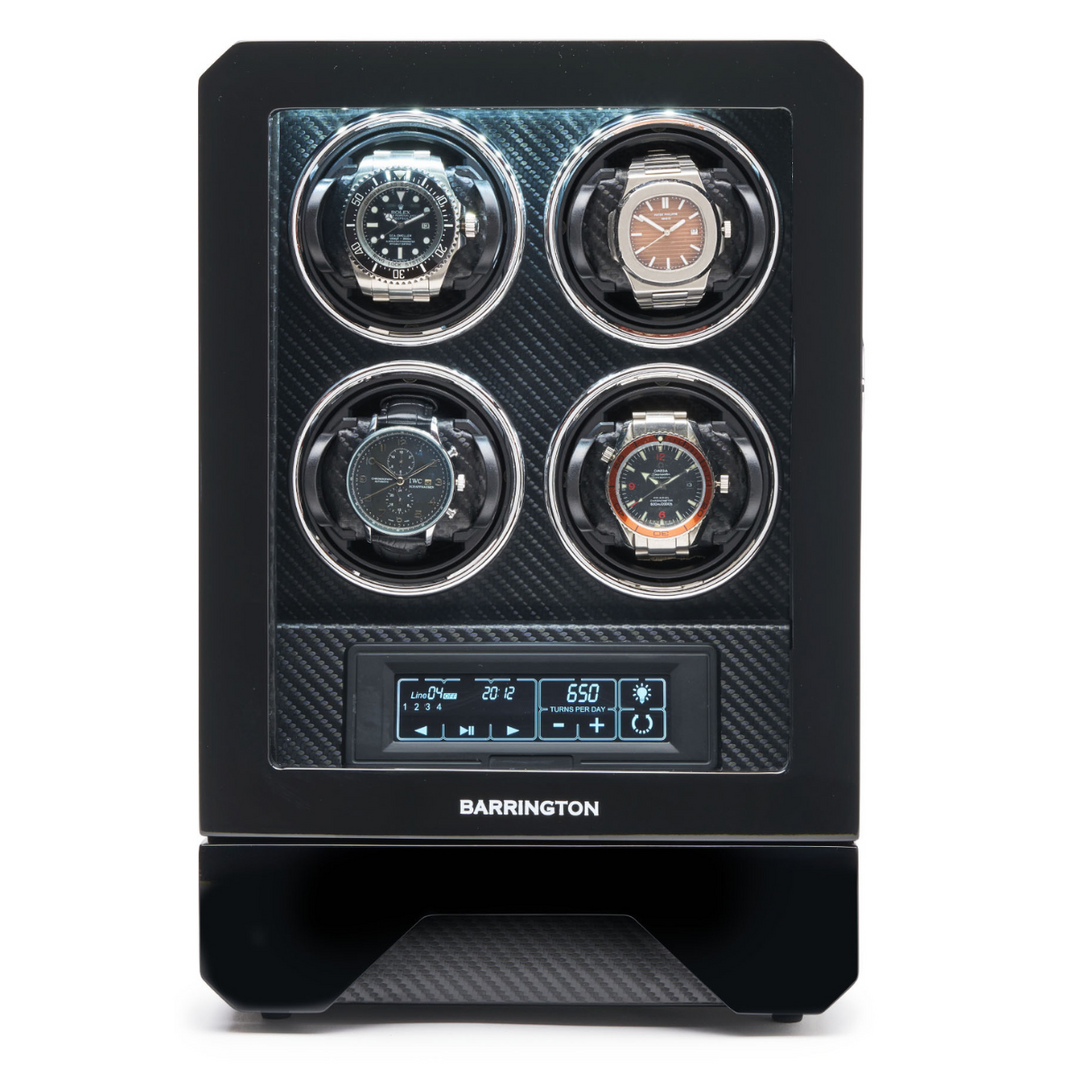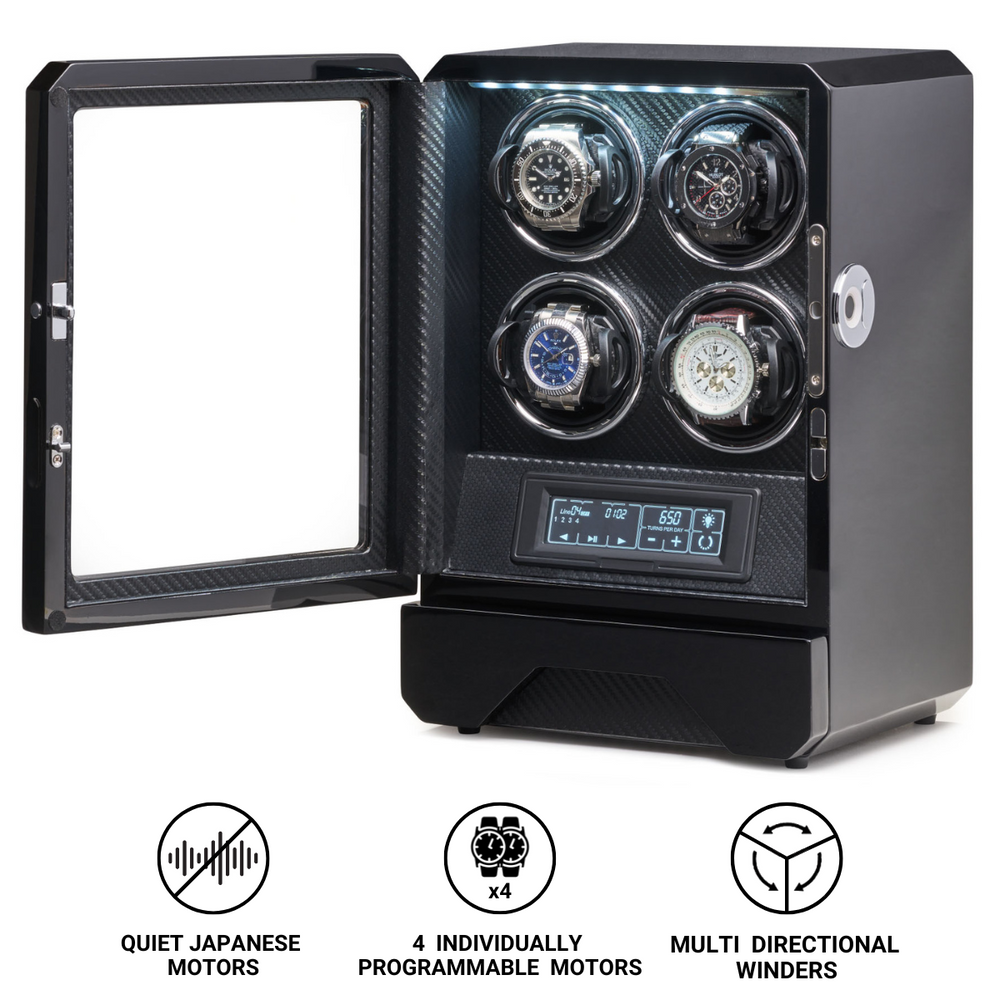What is Ceramic Insert?
In the world of contemporary watchmaking, every visible element of a timepiece serves both a functional and aesthetic role. Among these components, few are as visually dominant and technically demanding as the bezel. Central to this structure is the bezel insert, the ring that often bears timing scales, numerals, or markers. Over the last two decades, one material has redefined the standard for bezel inserts: ceramic.
The ceramic insert represents one of the most significant innovations in watch design and engineering. It offers an unmatched combination of scratch resistance, colour permanence, and visual brilliance. Whether featured on a diver’s watch, a chronograph, or a GMT model, the ceramic insert has become a hallmark of durability and modern elegance. Its development reflects the broader evolution of horological materials, where traditional metals are replaced by high-tech composites designed to endure the test of time.
What Is a Ceramic Insert?
A ceramic insert is a precisely engineered ring, usually mounted inside a metal bezel frame, that displays functional scales such as elapsed time, tachymeter readings, or second time zones. It is typically produced from high-tech ceramics like zirconium oxide or aluminium oxide, materials renowned for their hardness and resistance to scratches and fading.
The insert forms the visible surface of the bezel and is often the first point of contact when a watch is worn in active environments. On professional models such as dive watches, it is an essential tool for timing underwater operations. On travel watches, the insert provides the 24-hour scale for a second time zone. Because it must remain legible and attractive even after years of exposure to saltwater, sunlight, and physical contact, the choice of material is critical.
Before ceramic entered the picture, most bezel inserts were made of aluminium or acrylic. These materials were easy to machine and print on but prone to fading, scratching, and general wear. Ceramic changed that paradigm entirely, offering a solution that combined toughness with a refined, lustrous finish.
The Transition from Aluminium to Ceramic
The move from aluminium to ceramic inserts marks one of the key turning points in modern watchmaking. Aluminium inserts had long been the standard, especially from the mid-20th century through the 1990s. They were light, inexpensive, and easy to colour and engrave. However, they had notable drawbacks. Aluminium is a relatively soft metal that scratches easily, and its surface coatings can degrade over time, particularly under UV exposure.
Collectors often admire the patina that develops on vintage aluminium bezels, where colours fade from deep black to grey or blue to turquoise. But for brands like Rolex, Omega, and Breitling, which built their reputations on precision and reliability, this ageing process was seen as a flaw. The challenge was to create a material that would retain its colour and gloss indefinitely while resisting physical wear.
By the early 2000s, technological progress in ceramics made this possible. Rolex was among the pioneers, introducing its proprietary Cerachrom bezel insert in 2005 on the GMT-Master II. Other brands quickly followed with their own variations, such as Omega’s Liquidmetal and TAG Heuer’s ceramic tachymeter rings. These innovations set new industry standards for both aesthetics and performance.
The Manufacturing Process
Producing a ceramic insert is a highly technical process that involves several precise and complex stages. The goal is to achieve a component that is dimensionally perfect, resistant to wear, and visually flawless.
The process begins with ultra-fine ceramic powder, typically zirconium dioxide. This powder is mixed with colouring pigments and binding agents to form a uniform paste. The mixture is then pressed into a mould shaped like the final insert. At this stage, the component is fragile and soft, known as the “green” state.
The insert is next subjected to sintering, a process that heats it to temperatures of around 1,500 degrees Celsius. During this stage, the material’s structure densifies, and the insert shrinks by up to 25 percent. This shrinkage must be accounted for during the moulding phase to ensure precise final dimensions. The sintering process gives ceramic its extraordinary hardness and chemical stability.
After cooling, the surface is meticulously polished using diamond abrasives, which are among the few materials capable of refining ceramic. This produces the glossy, glass-like finish that distinguishes modern ceramic bezels.
The numerals and scales are then engraved or moulded into the surface. To enhance legibility, these markings are filled with contrasting materials such as platinum, gold, or coloured lacquer using physical vapour deposition or electroplating techniques. The result is a bezel insert that is not only striking in appearance but nearly impervious to daily wear.
Physical Properties and Advantages
Ceramic inserts offer several key advantages over traditional materials, combining technical superiority with long-term visual appeal.
-
Exceptional Hardness and Scratch Resistance
Ceramic is one of the hardest substances used in watchmaking, ranking between 1,200 and 2,000 on the Vickers hardness scale. This means that everyday objects like keys, sand, or even steel surfaces cannot scratch it. As a result, ceramic inserts maintain their perfect surface for decades. -
Colour Stability
Because the pigment is mixed into the ceramic compound itself, the colour of the insert is intrinsic rather than applied. It will not fade or discolour under sunlight or chemicals, unlike anodised aluminium. The bezel retains its depth of hue and lustre indefinitely, even after exposure to UV light, seawater, or high temperatures. -
Resistance to Corrosion and Ageing
Ceramic does not oxidise or tarnish. It is impervious to acids, sweat, and salt, making it ideal for sports watches and dive watches. -
Smooth and Premium Appearance
The high-polish finish of ceramic creates a distinctive sense of luxury. It reflects light with a depth similar to enamel, adding visual sophistication to tool watches and dress models alike. -
Lightweight Comfort
Ceramic is lighter than steel, reducing the overall weight of the watch while maintaining a robust structure.
These benefits have made ceramic the material of choice for modern bezels, combining practicality and beauty in equal measure.
The Challenge of Working with Ceramic
Despite its advantages, ceramic is not an easy material to work with. Its hardness makes machining extremely difficult, requiring diamond tools and specialised equipment. More significantly, ceramic is brittle. While it resists scratches and corrosion, it can shatter or chip if subjected to a sharp impact.
To mitigate this, manufacturers must design bezels with precise tolerances and structural supports. The metal bezel ring that holds the ceramic insert must allow slight flex without transmitting direct stress to the ceramic component. This interplay between materials—metal for strength and ceramic for durability—represents the pinnacle of modern engineering in watch design.
Producing a ceramic insert also demands absolute precision during sintering, as any variation in temperature or timing can lead to deformation or uneven colouring. Each insert is individually inspected before assembly, ensuring that only flawless pieces meet the exacting standards of luxury watch brands.
Evolution of Ceramic Insert Design
Since their introduction, ceramic inserts have evolved from simple monochrome designs to complex, multi-coloured works of art. Early bezels were often limited to black or blue tones, as achieving uniform colour in ceramic was already a challenge. Today, however, advancements in pigmentation and sintering control allow for a vast range of hues and gradients.
Rolex’s two-tone Cerachrom bezels, such as the GMT-Master II “Batman” (black and blue) and “Pepsi” (red and blue), demonstrated that even colour transitions within a single ceramic piece are achievable. These innovations required groundbreaking chemical processes that alter pigmentation at different stages of sintering.
Omega’s approach with Liquidmetal technology involves fusing ceramic with metal alloys, creating bezels that blend materials seamlessly and enhance contrast. Other brands have introduced matte finishes, brushed textures, or even engraved relief patterns to give ceramic inserts more personality.
This diversity has elevated ceramic inserts from purely functional components to distinctive design signatures. They now play an essential role in defining the identity of entire watch collections.
The Role of Ceramic Inserts in Modern Watchmaking
Ceramic inserts have become a defining feature of professional and luxury timepieces. In diving watches, they enhance functionality by ensuring the elapsed time scale remains readable and intact after years of underwater use. In GMT models, they offer clarity across day and night zones while providing a bold, colourful aesthetic. Chronographs benefit from ceramic tachymeter scales that remain crisp despite constant wear.
For many collectors, the ceramic insert represents the perfect intersection of modern technology and traditional horological values. It embodies precision, craftsmanship, and permanence. The material’s resistance to ageing also ensures that today’s ceramic-equipped watches will look virtually identical decades from now, maintaining both their performance and value.
Aesthetic Versatility and Future Innovations
One of ceramic’s most appealing qualities is its ability to adapt to diverse designs. Its glossy or matte surfaces can range from understated to bold, depending on how light interacts with the material. Some brands experiment with hybrid ceramics, combining zirconia with other oxides to achieve unique colours or textures.
The future of ceramic inserts lies in greater creativity and customisation. Technological advances are enabling gradient tones, three-dimensional engraving, and luminescent infill. Brands are also exploring ceramic composites that retain toughness while improving impact resistance.
As these developments continue, the ceramic insert will remain a cornerstone of both technical and aesthetic evolution in watchmaking. It perfectly embodies the balance between innovation and timeless appeal that defines contemporary horology.
Conclusion
The ceramic insert has transformed the watch bezel from a simple functional ring into a symbol of innovation and endurance. Its development marks one of the most significant advances in modern horology, combining the precision of science with the artistry of design.
Scratch-resistant, colourfast, and visually striking, the ceramic insert represents the ideal balance between form and function. It captures the essence of what today’s luxury watches aspire to be: tools built for performance, crafted for beauty, and designed to last a lifetime.
As ceramic technology continues to evolve, its presence on the wrist will remain a testament to the enduring pursuit of perfection in watchmaking. In every shimmering bezel, one finds not just material excellence but the spirit of innovation that drives the entire industry forward.









